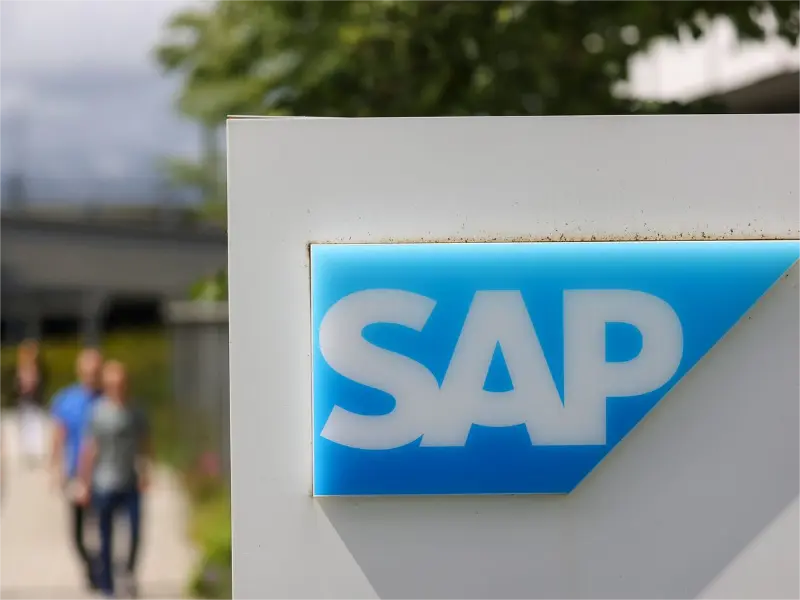- SAP SE announced a 25% increase in cloud revenue to $4.52 billion in the second quarter, driven by increased demand for AI applications.
- The company raised its earnings guidance for 2025, due to the strong growth momentum and strategic focus on AI technologies.
OUR TAKE
SAP SE, a leading software company based in Germany, reported a significant 25% increase in cloud revenue for the second quarter, reaching $4.52 billion. This growth is in line with the booming demand for artificial intelligence(AI) applications and shows SAP’s successful change from traditional on-premises licences to a more robust cloud-based subscription model. In my view, SAP’s AI integration strategy and restructuring to streamline operations represent a bold vision that could set a benchmark for the technology industry. This innovative approach helps the company maintain its status as a leader in the competitive technology industry, but it also highlights the challenges of transitioning to innovative technologies and the impact such shifts have on the job market.
—Heidi Luo, BTW reporter
What happened
SAP boosted its cloud revenue by 25% to $4.52 billion in the second quarter, as rising demand for artificial intelligence(AI) applications prompted more customers to subscribe to the German company’s software. This impressive growth is in line with the company’s strategic shift from traditional on-premises licences to a cloud-based subscription model.
During this period, SAP’s cloud revenue at constant currencies was in line with analyst expectations, at $4.53 billion. In response to these positive results, SAP’s share price rose by around 4.5% in extended trading after the close of the regular New York market. The company’s forward-looking stance is also reflected in its updated financial guidance, which raises the 2025 profit outlook from $10.91 billion to approximately $11.13 billion.
This financial uptrend is also supported by SAP’s ongoing transformation efforts, including a major restructuring programme launched in January. The programme, which aims to integrate more AI capabilities and streamline operations, has led to a revised forecast of the impact on positions, affecting between 9,000 and 10,000 jobs, up from the 8,000 originally planned.
And SAP’s peers, including Salesforce and Workday, have given disappointing outlooks this year, as the AI boom has mostly helped hardware and chip companies.
Also read: Samsung’s profit soars 1,500% amid AI-driven chip demand
Also read: Warburg-backed PDG eyes AI-driven data centre expansion in Asia
Why it’s important
Founded in 1972 and headquartered in Walldorf, Germany, SAP SE is Europe’s largest software company specialising in enterprise resource planning (ERP) software. From its initial focus on ERP solutions, SAP has expanded into cloud-based services, integrating advanced technologies such as artificial intelligence to improve business operations around the world.
SAP has reassured investors by pointing to continued demand for its offerings. The company, enriched with rich data from its enterprise customers, is well positioned to capitalise on investments in AI, according to Bloomberg Intelligence analysts.
As Europe’s largest software company, SAP has prioritised AI as a critical growth area and initiated a restructuring plan in early January. This restructuring will affect between 9,000 and 10,000 jobs, an increase from the 8,000 originally planned. The cost of this restructuring reached $3.17 billion in the first half of the year, and the total expected cost of the programme is now expected to be around $3.27 billion, up from the previous estimate of $2.18 billion.

